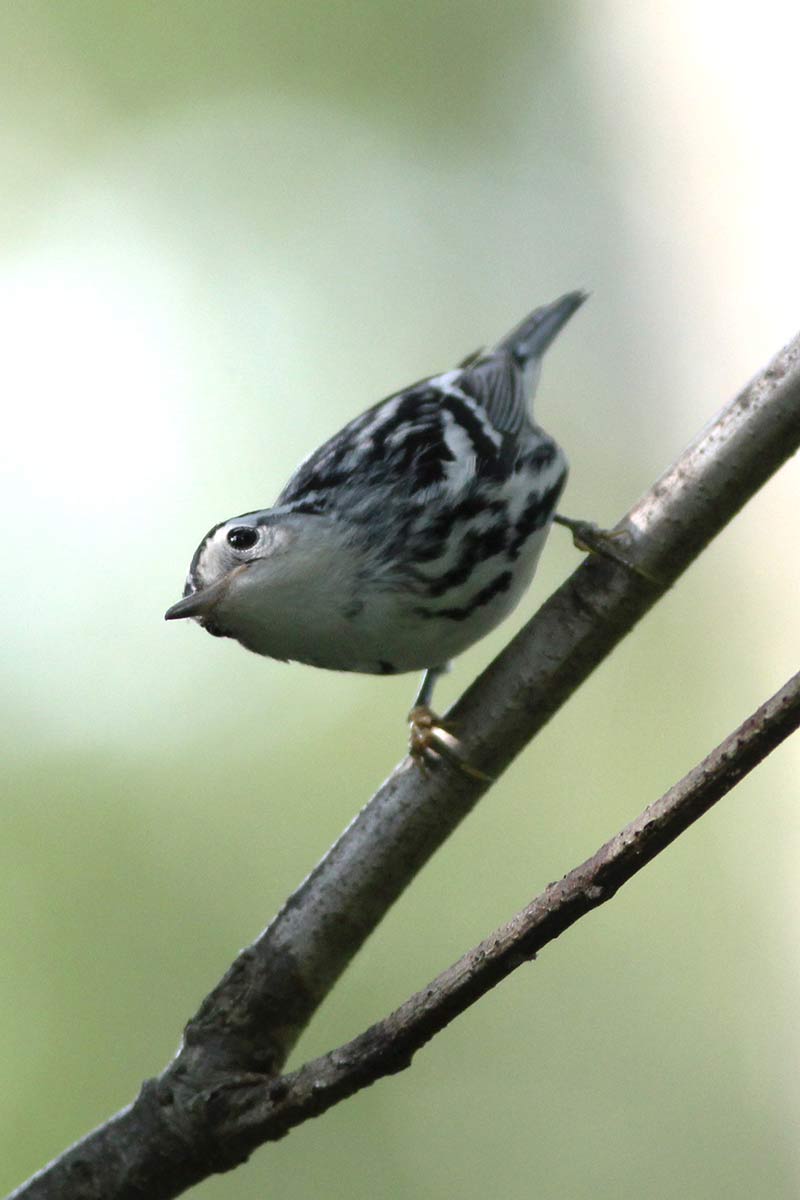More and more people are becoming fond of birdwatching in the Philippines. However, the number of birdwatchers, while growing, is still comparably small compared to the communities of birdwatchers in other parts of the world. There is limited access to fellow birders in some countries that can supply advice, especially when it comes to tips on how to go about birding. Nonetheless, here is some advice that any new birder can use to make your first bird walk a success and for any bird outings to come.
Do it bird by bird
Setting out on your first bird walk, you should just take it bird by bird. As a beginner, it’s easy to feel overwhelmed from the sheer number birds that you might see—especially since many of them look very similar. Relax. That’s the very first thing that you must do.
Timing is everything

On the other end, if you expect that you may see hundreds of birds at a particular place and when you arrive there, there are only a very few of them, don’t be disheartened. No one told you that all the birds will be there when you arrive, right? So, don’t be too hard on yourself. Consider it as an opportunity to really get to know the birds that are present because you might not see them the next time you visit that place. That’s how they are—highly migratory. Timing is very important, birds are most active early in the morning just after sunrise. This is when they will be out looking for water and foraging for food. No sleeping in if you want to catch a glimpse of the most birds!
Lead yourself in knowing the birds bird by bird. Focus on one species of a bird at a time and one bird on that species at a time, one habitat at a time. This way you will be able to closely observe the form and behaviors of that particular bird. The next time you see it, you will know that bird by heart and you can intuitively separate that bird from other birds. That’s the value of bird watching bird by bird.
Observe Smartly
While observing, a beginner like you would mostly like to identify the first bird that you see. Not so fast. There are basic characteristics that you have to look for in a bird before you can accurately identify it. In addition to knowing what characteristics to look at in each bird, you will find identification much easier if you study a bird field guide first. To make it even easier still, check out eBird.org and see all the bird species that have been reported there recently. Look at photos of these birds so you have an idea of what to expect!
1) Size
Bird sizes have classifications based on the length from its head to the tip of its tail. These are sparrow-sized (6 inches), robin-sized (10 inches) and crow-sized (20 inches). The bird can be smaller than 6 or larger than 20 inches. Your goal should be to estimate the approximate size. A bird’s body size and shape is usually the starting point of identifying its species.
2) Silhouette
When birding, it is completely fine to note the colors. However, identifying feather colors can be misleading because reflection and shadows are capable of distorting or exaggerating colors. Silhouette, or the shape of the bird, is a better identifier. Silhouette is also about proportions and posture. Look for clues like how the bird holds its tail (up, down, pumping). Compare the bird with the species you know or with the other birds in the field. At times, you might want to compare it to one or two other birds (if this is even possible!) before looking at your field guide.

3) Plumage
When looking at plumage, you might want to focus on the shape and color patterns. Is there a crest or tufts? Observe how the wings look when spread and when not. Is it pointed or rounded? Also, try to identify if there are any stripes on the wings (wingbars), face, across the eyes, and crown. Observe the markings on the tails and around the eyes and colors and marks on the breast, if there are any. As you study a field guide, they will give you key field markings to look for on the plumage. These can be wingbars, striping, breast colors, or other markings unique to a specific species that you won’t see in other birds.
Knowing key field markings through experience or mnemonic devices will help you quickly make correct IDs.
4) Tail
Tails can be also classified as short, long, narrow, wide, rounded, etc. Nevertheless, for a more accurate identification, described it as deeply forked, notched, square-tipped, and pointed.
5) Beak
There are several categories of beaks too that give the identification of a particular bird away. These are short, sharp, pointed, curved, cone-shaped, long, slender, wide, etc. This part will also tell you what the bird is eating. For example, hawks have sharp and curved beaks that they can use to tear the flesh of the prey.
For tricker birds, especially many types of shorebirds, curvature of the bill is very important to pay attention to. Certain species will have bills that curve up or down, or is perfectly straight, and it can be a dead giveaway if you remember which.
6) Leg and foot
A bird’s feet, on the other hand, can tell you how that specific bird behaves and where they actually live. Legs can be short or long. A bird with long legs can be used while wading in water. Other birds, depending on its length, use their legs to perch, swim, grasp, or climb.
7) Flight pattern
Birds can be also identified based on their flight pattern. Some birds flap, hover, glide and soar. A bird’s flight pattern is another good behavior to note. So, watch closely!
For example: if you see a bird high up in the sky, not flapping at all just tottering side to side and gliding on wind gusts, you are likely looking at some species of vulture.
8) Call
Birds have unique songs or calls. These are wildly varied; some birds are just chipping and chirping while some birds are kind of musical. Some birds are using their songs to attract a mate. Once you learn which bird has a particular song, it is easier for you to identify it before you even see it! Often times you hear a bird before you see it—if you see it at all—and knowing a bird’s call can provide a positive ID from a bird in the thick of a tree canopy.
Birding in the Philippines
Due to bird species diversity in the country, there are several local interest groups that offer birding tours. Some are the Birding Adventure Philippines, Bird Guiding Philippines, and BirdingPal. If you aren’t sure of the provider, you can always refer to the website of the Wild Bird Club of the Philippines. The Club is a conservation-oriented group, having a partnership with the DENR (Department of Environment and Natural Resources) to protect and conserve the Philippine wild birds and their habitats. Likewise, the Club has a wide array of local tour guides.
Further, the tours cover specific regions from Luzon to Mindanao. Nonetheless, the focal points are Palawan, Cebu, and Davao. The shortest tour is 7 days while the longest tour is 21 days. The tour companies also offer custom birding tours.
Let me finish the discussion by saying that “all beginnings are hard,” a Jewish proverb. True enough, watching birds as a beginner might be difficult or not as easy as that person might think. Nevertheless, a relaxed attitude can make the entire activity easier. You might get frustrated when you go out there and discover that you can’t get everything right away. Don’t be in a rush to know every species of bird. Building your birding knowledge takes time. Even the most experienced birdwatchers cannot really name all the birds that fly by. So, just enjoy the experience.
